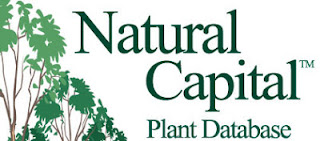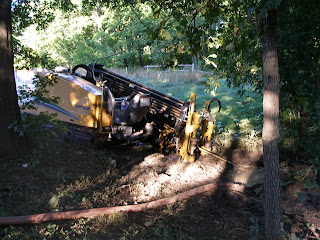1067 users from 71 countries.
In 2001 Paula Westmoreland started designing and developing the
Natural Capital plant database with the intent of creating a "living
knowledge tool" to assist people in creating polycultures, guild
designs, and testing the results. The initial focus was on plants
adaptable to colder climates. To that end, the database contains the
following information:
- Plant Selections (Alphabetical listings of with linked data files)
- Plant Searches by Niche (Tolerances, Behaviors, Ecological Functions, and Human Uses)
- Natural Associates (Native Plant Communities and Natural Polycultures)
- Cultivated Polycultures and Plant Guilds
Who was on the Natural Capital Plant Database in November? 1067 users from 71 countries.
Argentina, Australia, Austria, Belgium, Bosnia-Herzegovina, Brazil, Brunei Darussalam, Bulgaria, Canada, Chile, China, Colombia, Costa Rica, Czech Republic, Dominican Republic, Egypt, Estonia, European country, Fiji, Finland, France, Germany, Ghana, Great Britain, Greece, Hong Kong, Hungary, India, Indonesia, Ireland, Israel, Italy, Japan, Jordan, Lithuania, Luxembourg, Maldives, Mauritius, Mexico, Moldova, Morocco, Namibia, Netherlands, New Zealand, Norway, Paraguay, Peru, Philippines, Poland, Portugal, Puerto Rico, Republic of Serbia, Romania, Russian Federation, Saudi Arabia, Singapore, Slovak Republic, Slovenia, South Africa, Spain, Sri Lanka, Sweden, Switzerland, Taiwan, Tanzania, Thailand, Turkey, Ukraine, United States, Venezuela.
Argentina, Australia, Austria, Belgium, Bosnia-Herzegovina, Brazil, Brunei Darussalam, Bulgaria, Canada, Chile, China, Colombia, Costa Rica, Czech Republic, Dominican Republic, Egypt, Estonia, European country, Fiji, Finland, France, Germany, Ghana, Great Britain, Greece, Hong Kong, Hungary, India, Indonesia, Ireland, Israel, Italy, Japan, Jordan, Lithuania, Luxembourg, Maldives, Mauritius, Mexico, Moldova, Morocco, Namibia, Netherlands, New Zealand, Norway, Paraguay, Peru, Philippines, Poland, Portugal, Puerto Rico, Republic of Serbia, Romania, Russian Federation, Saudi Arabia, Singapore, Slovak Republic, Slovenia, South Africa, Spain, Sri Lanka, Sweden, Switzerland, Taiwan, Tanzania, Thailand, Turkey, Ukraine, United States, Venezuela.
The database is going strong and we are looking to add 6000 more plants form all climates by Spring, 2014. Many of theses plants have not been identified for ecological services, but we will begin the task of adding these characteristics to thousands of plants so designers can place them in polycultures.
The programming, data collection, interns, data loggers, and researchers will cost thousands of dollars, but we are committed to make this database a world resource for ecological design. All is supported by memberships and partner investment.
Thank you,
Dan Halsey



Comments